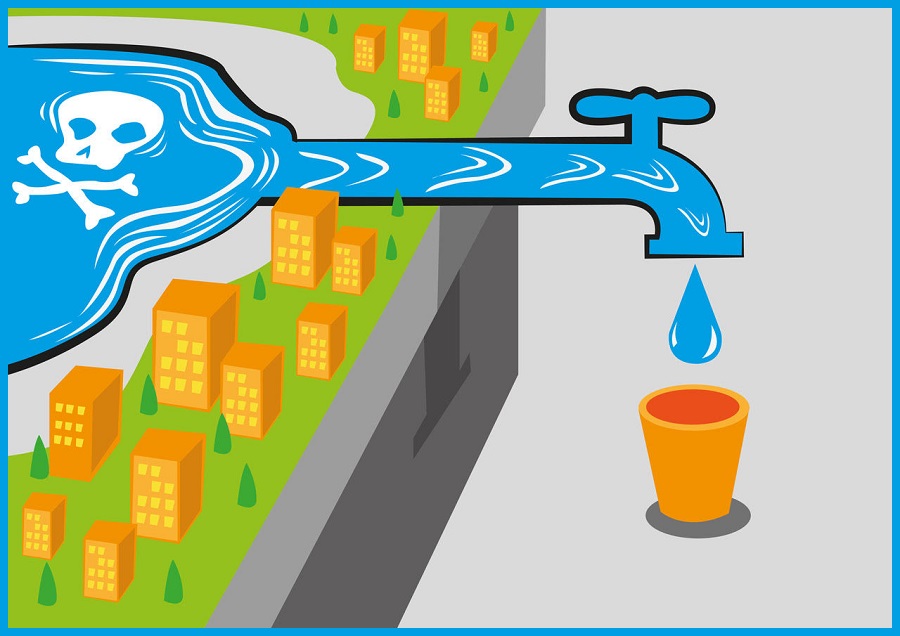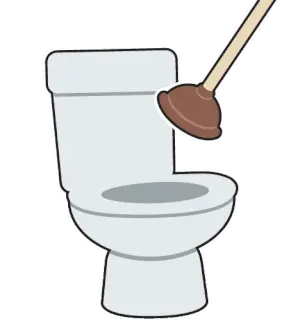Test Your Knowledge With
Our Backflow Quiz
National Backflow Prevention Day is observed every year on August 16.
The day is dedicated to public education on the critical need for backflow prevention and cross-connection control. It’s also a time to recognize the professionals who ensure our available water supply remains contaminant-free. (If you install or inspect backflow preventers on irrigation systems, that means you!)
But how much do you really know about backflow prevention? Take our quiz and find out. (Answers are below, but no fair peeking!)
#1. One of the first documented backflow incidents occurred at the 1933 Chicago World’s Fair when the water supply at two hotels was tainted with amoebic dysentery.
How many people died because of that incident?
 A. Almost 50
A. Almost 50
B. About 100
C. More than 200
D. Every fair visitor
E. No one died
#2. When did water purveyors first become legally responsible for the quality of drinking water?
A. In 1934, right after the World’s Fair incident.
B. In 1945, when the first Uniform Plumbing Code was created
C. In 1974, with the passage of the Safe Drinking Water Act
D. In 1970, when the Environmental Protection Agency was established
E. They’ve always been legally accountable for water quality.
#3. Which of the following is the most common household source of cross-connection contamination?
A. Toilets
B. Washing machines
C. Fire sprinkler systems
D. Exterior taps and hoses
E. Clogged drains
#4. Which of the following backflow incidents occurred in Ohio?
A. In 1997, backflow from a fire hydrant tainted the tap water of 40,000 households with 60 gallons of firefighting foam.
B. In 2015, E. coli contaminated the entire water supply of a large U.S. city because a single homeowner failed to install a backflow preventer on his irrigation system.
C. In 1970, wine backflowed from a distilling tank into a large city’s water mains and out of the faucets of nearby homeowners.
D. In 1991, an improperly installed AVB on a residential irrigation system caused rust, debris and parasitic worms to flow into the water supply of a small U.S. city.
E. In 1996, about 50,000 gallons of reclaimed water backflowed into a large city’s potable water supply after improper installation of a residential irrigation system.
#5. In 1898, a water utility was penalized for the first time because of contaminated water. How much was the fine?
 A. $500
A. $500
B. $10,000
C. $5,000
D. $15,000
E. No fine, but the utility was shut down.
#6. Who can be held accountable for installing the wrong type of backflow preventer on an irrigation system?
A. Water purveyor
B. Inspector
C. Customer
D. Contractor
E. A, C and D
Answers
#1. Answer: B. Nearly 100 deaths and over 1,700 documented cases of illness are attributed to the incident, which spread across 206 U.S. cities. (Because the incubation period for Amoebic Dysentery is 12-30 days, the sickness was not discovered until the visitors had returned to their homes.) It was one of the deadliest backflow events in history. Ironically, the fair’s theme that year was “A Century of Progress.”
#2. Answer: C. While public health officials have been concerned about water quality and backflow prevention since the turn of the 20th century, it wasn’t until the passage of the Safe Drinking Water Act in 1974 that Congress took action to safeguard human health from contaminants in drinking water.
#3. Answer: D. According to Contractor magazine, exterior taps and garden hoses are the most common source of backflow in the U.S.
#4. Answer C. The wine backflow incident occurred in December 1970 in Cincinnati. (Sort of brings a whole new meaning to “wine on tap”!) The fire hydrant incident occurred in Charlotte, NC; the E. coli affair happened in Corpus Christi, TX; the worms flowed in Southgate, MI; and the reclaimed water event occurred in Tampa-St. Petersburg, FL.
#5. Answer: C. The utility was fined $5,000. Today, a federal court can assess up to $15,000 per day as a penalty for maintaining a hazardous connection.
#6. Answer: E. The water purveyor is responsible for water quality to the last meter connection. Water customers are ultimately responsible for properly maintaining their irrigation systems. And, of course, the contractor is responsible for ensuring the work is done properly. The backflow inspector is only responsible for those devices he has inspected and certified as safe. (Okay, so it was a trick question.)
Sources:
Featured Image: Adobe, License Granted
American Backflow Prevention Association
Chicago Backflow Inc.
Study Stack
Backflow Solutions Inc.
University of Florida







